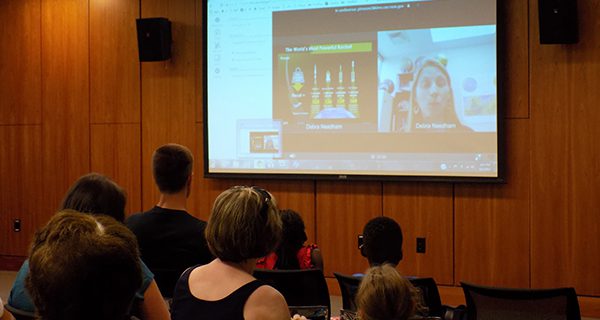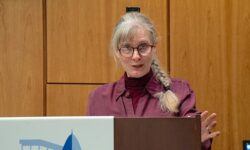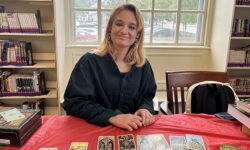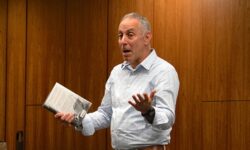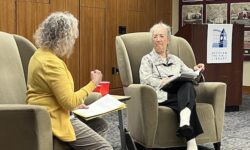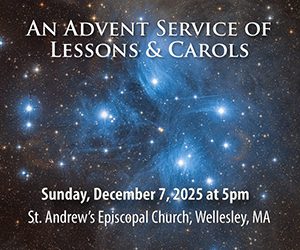[ccfic caption-text format="plaintext"]
By Laura Drinan
Hometown Weekly Reporter
With some concerns about NASA’s budget and funding for FY18 under the current administration, many are wondering how the future of space exploration will look.
On Tuesday, August 1, NASA planetary geologist and Space Launch System (SLS) science liaison, Debra Needham, reassured visitors at the Needham Free Public Library that NASA is working to expand their exploration further than ever before.
Patricia Moore, from NASA’s Office of Education, coordinated the event with the Needham Free Public Library to take place via conference call at 4 p.m. Over the conference call, Debra Needham presented a slideshow about SLS and Orion.
“The goal is to send humans to Mars and continue with these past twenty years of space exploration,” said Needham before explaining that traveling over one hundred million miles form Earth to Mars is not an easy task.
In fact, it is a round trip that will take over two years and a lot of tests and trials before sending humans on journey. However, Needham speculates that NASA will be ready to send astronauts to Mars in the next 20 to 25 years.
Needham went into great depth about the purpose of SLS and how it is being built. SLS will launch four astronauts in the Orion spacecraft and take them past Earth’s orbit. Needham explained the four evolved configurations – Block 1, Block 1B, Block 1B Cargo, and Block 2 Cargo – that allow the rocket to adapt to new and more powerful designs. The Orion spacecraft will launch from SLS once in deep space and carry the four astronauts to Mars.
After Needham finished her presentation, she and Moore asked for questions from the audience. One Needhamite asked if Orion’s habitat (where the four crew members will reside for the journey) will have artificial gravity, to which Needham answered no. The question prompted one young girl to ask how the astronauts put their bags down if there’s no gravity. Needham answered that the astronauts must make very slow and careful moves while in zero gravity, and that the spacecraft will provide nearly everything the astronauts would need.
Although some of the youngest children who attended the conference call may have to wait until they are in college to see SLS and Orion take humans to Mars, those who attended the event were clearly excited to see what discoveries NASA will make and what advancements in science and technology will come in our lifetime.




